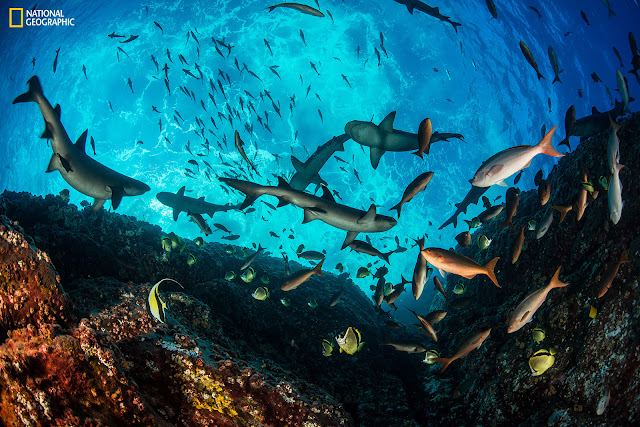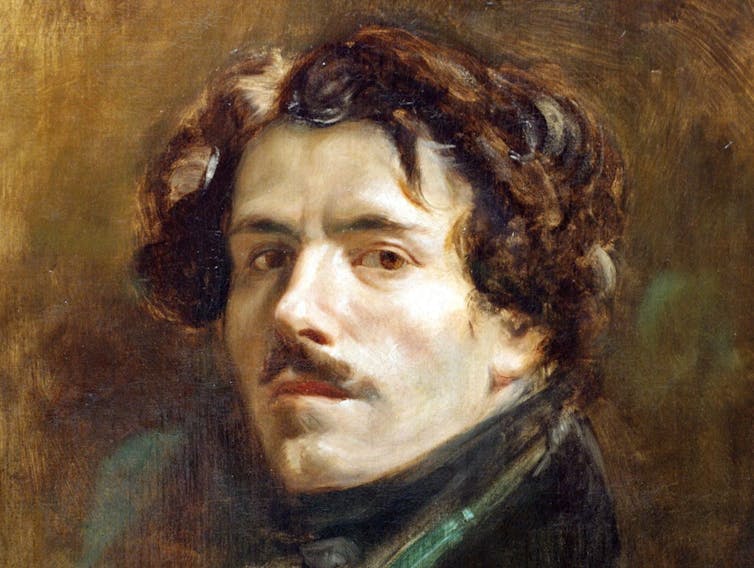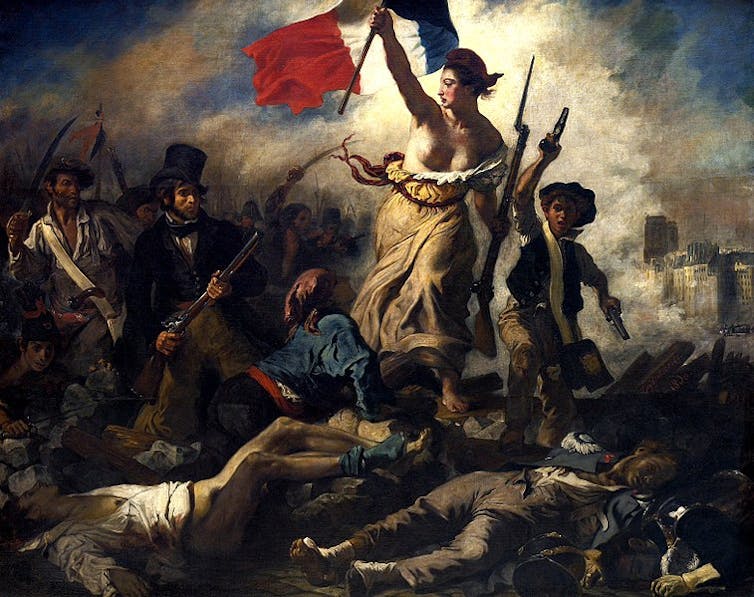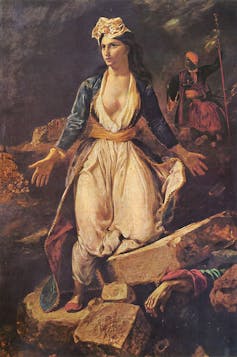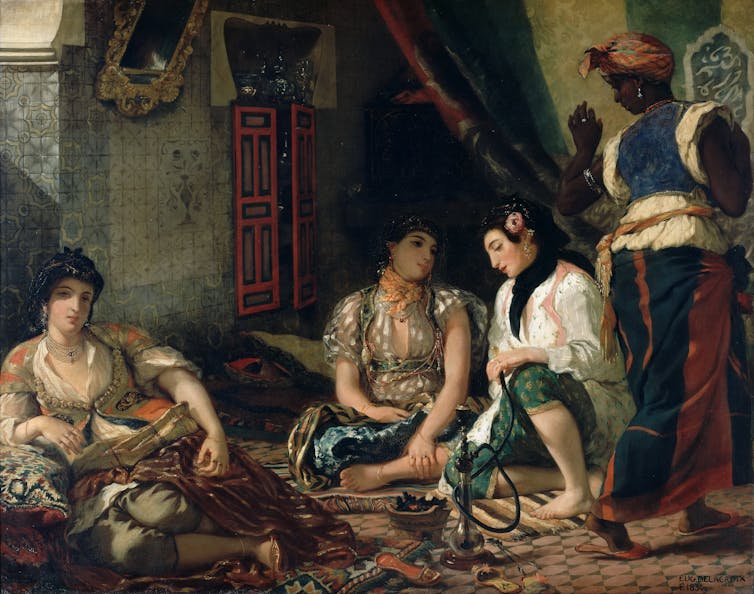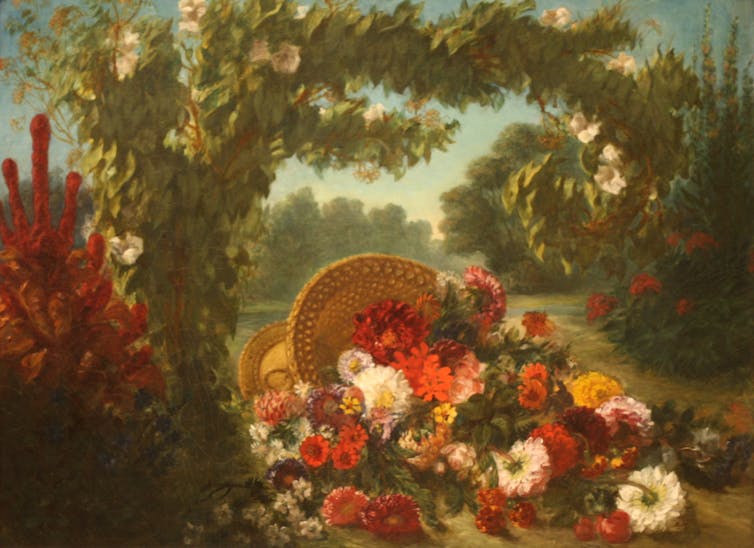 |
| Ontario Science Centre 2018 Innovation in Mas' Award Winner - The Rise of the Cherry Blossoms (CNW Group/Ontario Science Centre) |
Experience the city through the lenses of art and science this Nuit Blanche Toronto at the Ontario Science Centre, where science, technology, engineering, art and math converge to fuel STEAM-Powered Stories.
For the first time, the Science Centre participates in Nuit Blanche Toronto to offer free art projects and interactive experiences from 7 p.m. on September 29 to 7a.m. on September 30.
In addition to free shuttles connecting the TTC Scarborough Line (Lawrence East) to the Ontario Science Centre, free shuttles will connect the Ontario Science Centre, Aga Khan Museum and the Royal Ontario Museum.
"Scientific and artistic inquiry are remarkably similar. Both are attempts to make sense of the world around us, and both require a great deal of creativity and imagination," said Maurice Bitran, PhD, CEO and Chief Science Officer, Ontario Science Centre. "Participating in Nuit Blanche Toronto provides a unique opportunity for the Science Centre to foster the creative synergies between science and art, inspire curiosity about our ever-changing world and fuel future innovation."
STEAM-Powered Stories explores the Nuit Blanche Toronto theme "You Are Here" through a variety of hands-on activities, interactive experiences and art installations that blur the lines between science and art.
Featuring live science demonstrations and roving performers, STEAM-Powered Stories includes:
Star Party | 7 p.m. to midnight:
An opportunity to star gaze in style, visitors celebrate the night sky through telescope observing, smartphone astrophotography, guest speakers and an astronomy-themed musical performance by The Calderons. Telescope observing is weather dependent.
Presented in collaboration with Royal Astronomical Society of Canada – Toronto Centre.
Science Slam! | between 7 p.m. and midnight:
An artistic view into the lives of scientists, this poetry slam-style event allows event-goers to dive into scientific experiences in STEAM and observe the natural connections between science and art.
Light Play | 7 p.m. to midnight:
In this interactive experience, the event goer becomes the artist through light painting, a technique that involves a moving light source and long-exposure photography. Using "light brushes," participants paint a scene with colours, flashes and streaks and receive a digital image of their masterpiece.
Presented in collaboration with Blinky Lights Toronto.
Wear Your Art on Your Sleeve | between 7 p.m. and midnight:
In this hands-on workshop, designer Michelle Reyes, recipient of the Ontario Science Centre's 2018 Innovation in Mas' Award, leads participants through a crash course on carnival costume design — from wire bending to beading — to create take-away, wearable art.
Six-Word Scratch | 7 p.m. to 7 a.m:
Attendees are challenged to tell their personal story on a graffiti wall in six words as it relates to the Nuit Blanche Toronto theme "You Are Here."
Green Screen Magic | 7 p.m. to midnight:
Choosing from a variety of science-themed backdrops, event goers drop themselves into the thick of science through chroma key compositing technology (a.k.a. green screen) and receive a digital image.
Nuit Bazaar | 7 p.m. to midnight:
Featuring food vendors and retail stalls, the Nuit Bazaar showcases an impressive cross-section of cuisine and cultures.
Presented in collaboration with the Thorncliffe Park Women's Committee.
Rise of D Cherry Blossoms | 7 p.m. to 7 a.m:
A feat of engineering artistry, Rise of D Cherry Blossoms highlights the innovation involved in costume-making for the annual Toronto Caribbean Carnival. Michelle Reyes (Saldenah Mas-K Club), Rise of D Cherry Blossoms designer, received the Ontario Science Centre's 2018 Innovation in Mas' Award for her original and daring design. Installation is weather dependent.
Presented in collaboration with Peeks Toronto Caribbean Carnival.
This Storm is You (Nuit Blanche Toronto Independent Project) | 7 p.m. to 7 a.m:
An immersive, multimedia project from Toronto-based photographer and installation artist Zahra Saleki, This Storm is You explores the simultaneous feelings of death and rebirth often associated with immigration.
The project's visitors experience the challenge of immigrating, surviving and adjusting through dance, light, photography, sound and video. This Storm is You aims to capture a story of becoming and transferring.
COLour Odyssey Vol.II (Nuit Blanche Toronto Independent Project) | 7 p.m. to 7 a.m:
An aesthetic and intellectual experience, COLour Odyssey Vol. II by Toronto-based artist and designer Yaw Tony comprises colour and storytelling to complicate the theme "You Are Here."
COLour Odyssey Vol. II, a digital projection, explores three aspects of colour: hue, intensity and value. The project is also packed with hidden statements to compel and challenge viewers to identify what's concealed.
First Nations Storytellers | between 7 p.m. and midnight:
A meaningful cultural connection, Debajehmujig Theatre Group, a First Nations performing arts group based out of Manitoulin Island, gives a storytelling performance that aims to build bridges between cultures.
The group travels throughout the country and is the first and only professional theatre company with based on a Reserve in Canada.
Presented in partnership with the Aga Khan Museum and Culture Days.
Art on the Move | between 7 p.m. and midnight:
The art follows you in this multicultural expression through movement, sound and style.
Performers from around the world roam the grounds to expose visitors to creative expression from different spaces and places.
Performers include Tassa drummers, Toronto's only hip-hop brass band T.Dot Bangerz Brass, presented in partnership with the Aga Khan Museum, and performers of classical Indonesian dance, presented in partnership with the Thorncliffe Park Women's Committee.
⏩ STEAM-Powered Stories is a free event.
⏩ During Nuit Blanche Toronto, select areas of the Ontario Science Centre are open to the public.
⏩ The Ontario Science Centre is located at 770 Don Mills Road.
⏩ Food and beverages are available for purchase.
SOURCE: Ontario Science Centre













